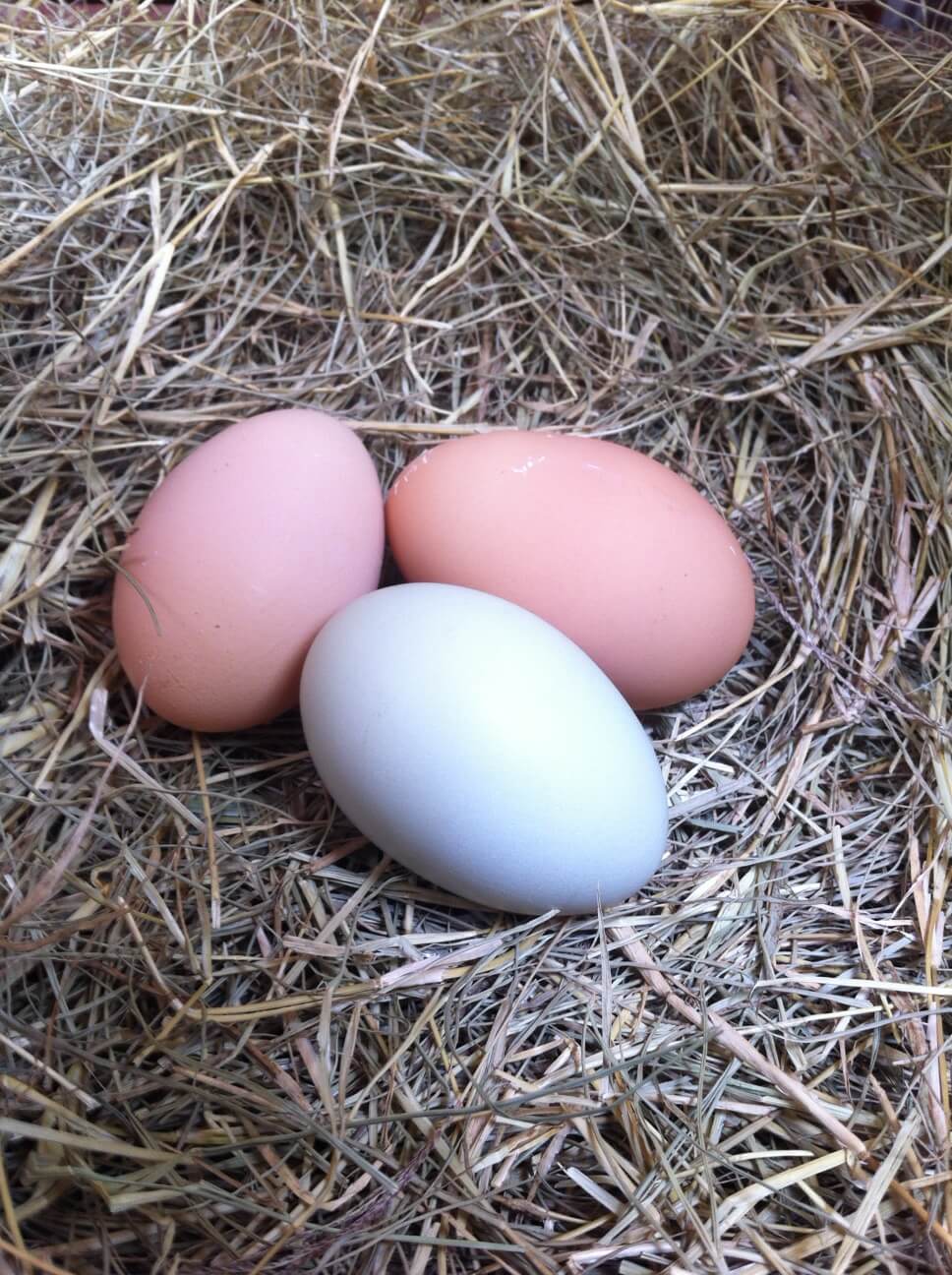I love eggs. And I love chickens. Which, as you might think at our house, is the perfect simpatico relationship. We have a sweet brood of laying hens that work hard for my breakfast...and our garden. Not only are their eggs great for eating (we won't discuss the Easter when I ate a dozen deviled eggs!), they are fantastic supplements for the soil. When I'm not crushing the shells to feed back to the chickens for extra calcium in their diet, I "feed" the shells to the compost pile, which, in turn, decomposes into a rich, robust food for my plants. Rough, crushed shells placed around the base of plants are also a great deterrent for slugs.
There is another reported use for eggs in the garden...one I'm considering a lot this week before Easter. When everyone is thinking of the best spots to hide eggs for an Easter hunt, why not bypass the boiling and dyeing and BURY them instead...under your tomato plant! It's a tip passed down from generations of gardeners for adding a little calcium to the soil. Eggs are one of the most perfect foods for us, and why not for the soil, too? If you didn't compost shells in time for planting your tomato patch, not to worry. Add crushed shells of several eggs to the deep hole when planting. Some folks even skip the step of washing and crushing the shells and place a whole, unbroken raw egg in the hole. Sound fishy? Ask ten different gardeners the secret to great tomatoes and you'll get ten different, equally passionate answers.
At Bonnie, we've heard of adding fish heads, minnows, or entire fish deep within tomato holes, or sprinkles of Epsom salt, lime, banana peels, and even Tums. One thing is certain with this form of "direct composting"—the goal is to enrich your soil by boosting calcium, potassium, and even beneficial mycorrhizae.
Eggshells are wonderful sources of calcium, a much-needed nutrient to prevent blossom end rot, a cultural problem that occurs when calcium deficiency affects the plant's ability to regulate moisture intake. While the plant-an-egg method isn't scientifically proven to ward off blossom end rot, it can't hurt. So stave off the disappointment of discovering a perfectly red, ripened tomato with a black, wilted end by feeding your soil and boosting your chances of a good tomato harvest.
I'm trying it this year! When I dig holes to plant my tomato deeply, I'm dropping an egg in, too. Maybe it will be my "ace in the hole" for healthy tomatoes. Happy tomato planting and happy Easter!
by Mary Beth Shaddix, Bonnie Plants







 Herbs
Herbs
 Vegetables
Vegetables
 Fruit
Fruit
 Flowers
Flowers
 Succulents
Succulents


